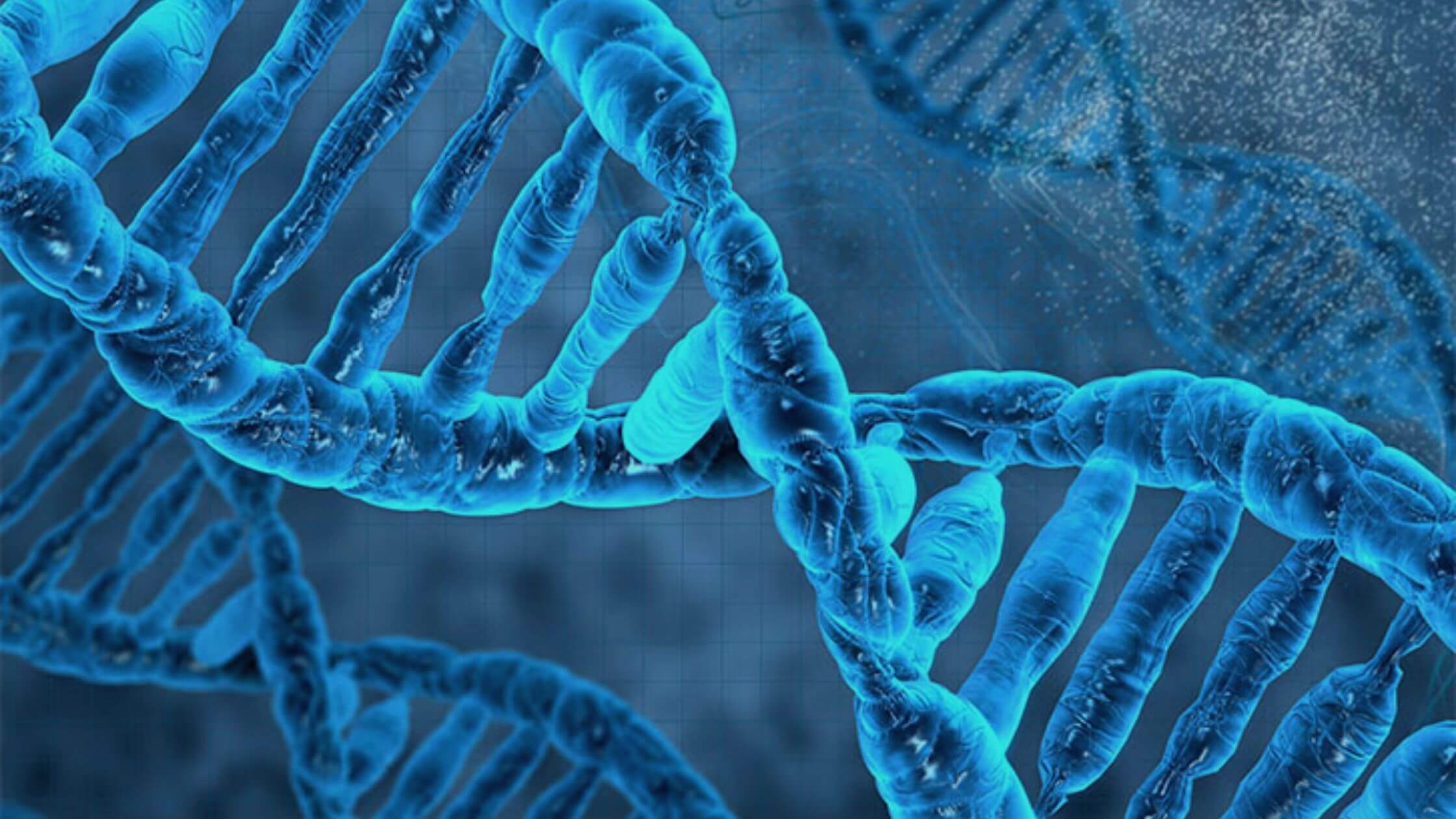Living Cell Sequencing Made Possible Through Live-Seq
Nikki Attkisson | Last Updated : August 22, 2022All genome-wide sequencing techniques used up until now killed the cell. It is to reveal some of its secrets. This technical barrier made it unable to perform additional investigations. After sequencing a cell to determine its biological traits or genetic signatures. Without cracking apart the cell, the technique can now extract the sequences of thousands of transcripts from a single cell and infer genetic activity.
Information on the creation of the novel technique known as Live-Seq. Live-Seq permits temporal transcriptomic recording of single cells. With the help of this invention, RNA from live cells can be collected. It is then profiled in a minimally intrusive manner.
The Use Of Live-Seq To Enable Living Cell Sequencing
According to Deplancke, Live-seq is the combination of an optimized fluid force microscopy approach. The main components of this are an in-house designed, very sensitive single-cell transcriptomic technique and an atomic force microscope with a hollow cantilever. It enables us to remove cytoplasm and RNA from a cell without lysing it. It enables the very small amounts of mRNA present genome-wide gene expression profiles.

FluidFM is created at ETH Zurich. It has proven to be a versatile tool for single-cell testing. Fluidic force microscopy, or FluidFM, moves tiny volumes of fluid through tiny channels like syringes. It makes it possible for researchers to inject and remove chemicals from living cells. And it does not harm the cells, such as RNA.
As a minimally invasive tool, it can be used as a nanometer-sized syringe for a range of applications. The applications are injecting fluid or small objects into cells or removing them from inside cells while keeping them alive. According to Vorholt, FluidFM combines an atomic force microscope’s high level of precision with volume-controlled dispensing down. It is to a trillionth of a liter and even lower under optical control.
As stated by Deplancke, “With Live-seq, a variety of fascinating and important biomedical issues are discussed. For instance, why certain cells differ or reject cancer therapy while their sister cells do not.”
Examine macrophage transcriptomes before and after infection exposure. The transcriptomes of adipose stem cells both before and after they differentiated into fat cells are also included. They showed that live-seq can accurately trace the temporal trajectory of a cell.
More From Powdersville Post:
🔵The New Method Finds Out Gut Microbes Activate Immune Cells
🔵To Fight Free Radicals: Brain Support Cells To Transfer Their Mitochondria
Is it possible to sequence the transcriptome using live-seq technology without affecting cellular biology? This is a crucial concern regarding the technology’s application. The researchers proved that Live-seq could identify different cell types without dramatically changing. The cell’s functional responses or growth to allay this worry.
This conclusion is that the influence of cytoplasmic sampling is, at best, minimal. Cells that have been phenotypically and transcriptomically sampled are challenging to separate from cells. That has not been examined. In the past, there weren’t enough tools available for temporal study. But live-seq can help solve biological mysteries that can’t be solved experimentally.
It is able to collect cells along these trajectories numerous times without significantly harming or eliminating the cells. Finding the molecular causes of a cell’s behavior is a major unanswered subject in biology. It can be done at each time point by identifying the genes. They are correlated with the changes in cell phenotype. It does not eradicate the cell.
Deplancke claims that by doing this, we may observe what transpires to that cell later on. It includes whether it divides into a certain cell type, and how it reacts to an immunological stimulus. Also, whether it becomes resistant to or susceptible to an anti-tumor treatment. Deplancke and his team plan to use Live-seq to document. The molecular changes in individual cells over crucial biological events.
Reference:
🔵National Library Of Medicine(n.d)Single‐cell RNA sequencing technologies and applications: A brief overview(Available Online):https://www.ncbi.nlm.nih.gov/pmc/articles/PMC8964935/
🔵National Library Of Medicine(n.d)Analysis of gene expression in single live neurons(Available Online):https://www.ncbi.nlm.nih.gov/pmc/articles/PMC48793/
With over 15 years as a practicing journalist, Nikki Attkisson found herself at Powdersville Post now after working at several other publications. She is an award-winning journalist with an entrepreneurial spirit and worked as a journalist covering technology, innovation, environmental issues, politics, health etc. Nikki Attkisson has also worked on product development, content strategy, and editorial management for numerous media companies. She began her career at local news stations and worked as a reporter in national newspapers.
